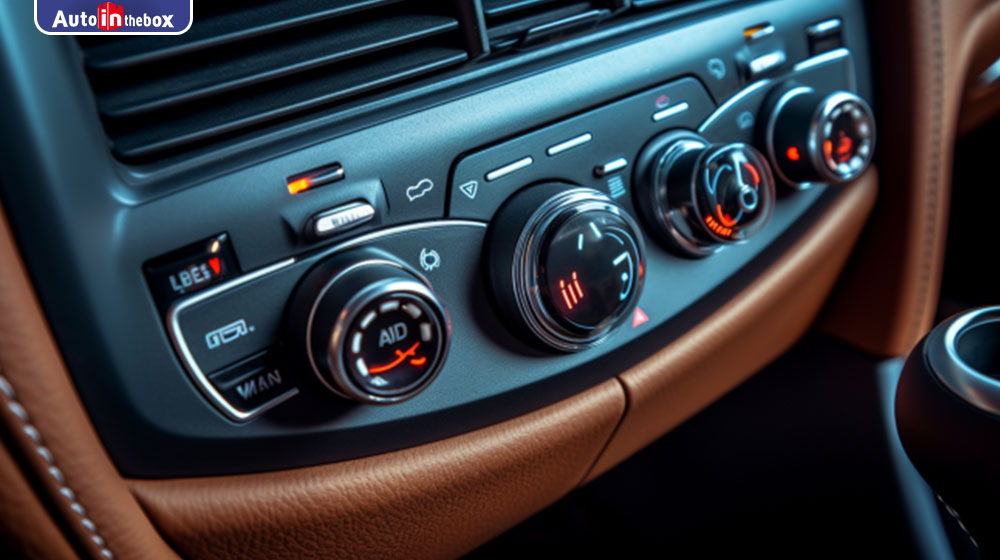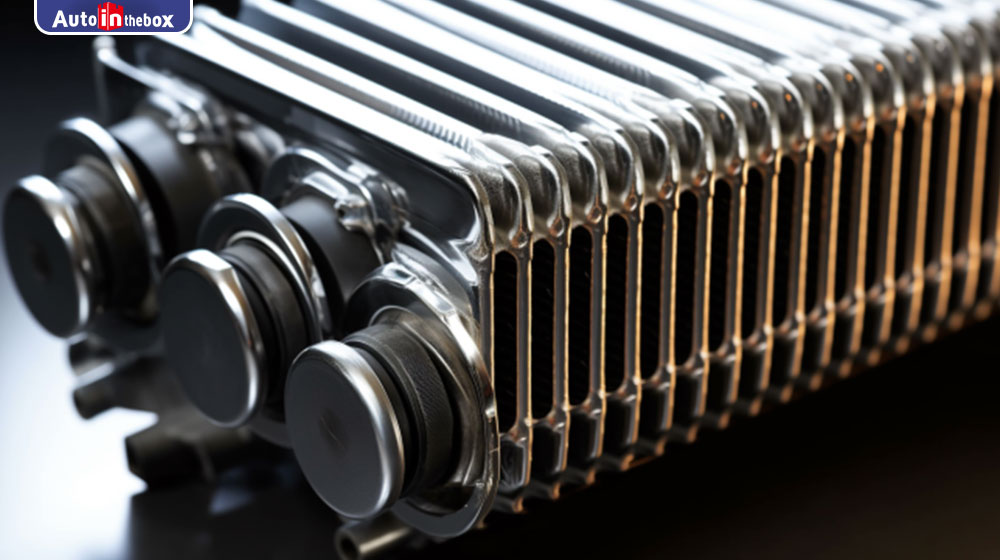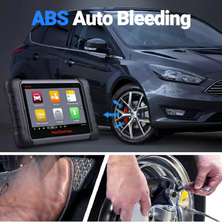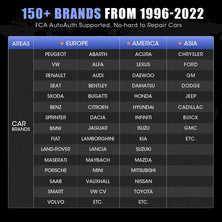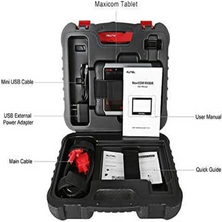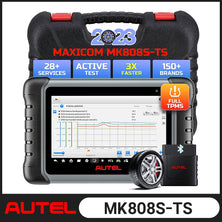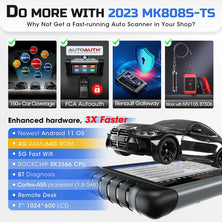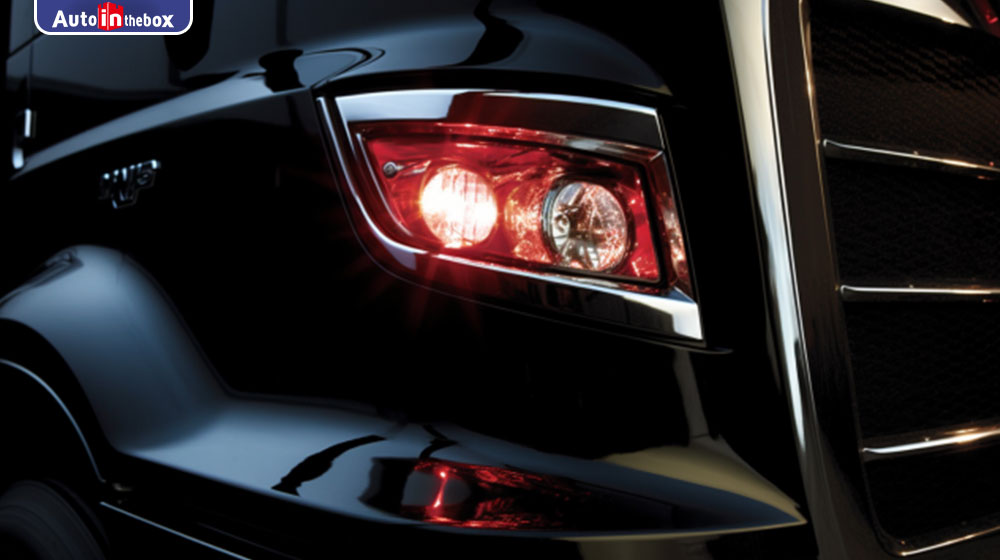
Are the Headlights or Taillights too bright or too dark?
Headlights and taillights are essential safety features of any vehicle, especially when driving at night or in low visibility conditions. However, if the brightness of these lights is not adjusted correctly, it can cause safety issues for both the driver and other road users. The brightness of the lights can be affected by various factors, such as the type of light bulbs used, the condition of the headlight/taillight lenses, and the angle at which the lights are aimed. Therefore, it is essential to ensure that the headlights and taillights are correctly adjusted to provide adequate visibility without causing discomfort or hazards to other road users.
The harm of headlights or taillights being too bright:
- If the headlights or taillights of a vehicle are too bright, they can cause several hazards for other road users. The main risks are:
- Glare: The bright light can cause glare, which can temporarily blind other drivers, cyclists, or pedestrians, making it difficult for them to see and react to potential hazards on the road.
- Discomfort: The bright light can cause pain for other road users, such as headaches, eye strain, and fatigue.
- Distraction: The bright light can distract other road users wildly if flashing or flickering.
- Reduced visibility: Ironically, if the headlights or taillights are too bright, they can reduce visibility by creating shadows and reducing the contrast between the illuminated and unilluminated areas.
Therefore, it is important to ensure that the headlights and taillights are adjusted properly to avoid these hazards and ensure the safety of all road users.
The harm of headlights or taillights being too dark:
- If the headlights or taillights of a vehicle are too dark, they can also cause hazards for the driver and other road users. The main risks are:
- Reduced visibility: Dark headlights or taillights can reduce the driver's visibility, making it difficult to see the road ahead or the vehicles behind.
- Reduced reaction time: With reduced visibility, the driver may have a slower reaction time to potential hazards, such as other vehicles, pedestrians, or obstacles on the road.
- Increased risk of accidents: Reduced visibility and slower reaction time can increase the risk of accidents, especially in low-light conditions or at night.
- Reduced visibility for other road users: If the taillights are too dark, other road users may not be able to see the vehicle, increasing the risk of rear-end collisions.
Therefore, it is essential to ensure that the headlights and taillights are correctly adjusted to provide adequate visibility without causing hazards for drivers or other road users.
Causes of headlights or taillights being too bright or too dark:
- Several factors can contribute to headlights or taillights being too bright or too dark, including:
- Type of light bulbs: Different light bulbs can have different brightness levels, and some may be too bright or too dim for a particular vehicle.
- Condition of the lenses: If the lenses of the headlights or taillights are dirty, foggy, or scratched, it can affect the brightness and clarity of the light.
- The angle of the lights: If the headlights or taillights are not properly aligned, they can be too bright or dim and may not provide adequate visibility.
- Electrical issues: Faulty wiring or other electrical issues can cause the headlights or taillights to malfunction, resulting in brightness problems.
- Improper installation: If the headlights or taillights are not installed properly, they may not be aimed correctly, resulting in brightness problems.
It is essential to address these issues in order to ensure that the headlights and taillights are appropriately adjusted and functioning correctly to provide adequate visibility while driving.
Solutions to the problem of headlights or taillights being too bright or too dark:
- There are several ways to address the issue of headlights or taillights being too bright or too dark, including:
- Adjust the angle of the lights: If the lights are aimed too high or too low, adjusting the pitch can help reduce glare or increase visibility.
- Replace the bulbs: If the light bulbs are too bright or dim, replacing them with appropriate bulbs can help improve visibility.
- Clean or replace the lenses: Dirty or foggy lenses can affect the brightness and clarity of the lights, so cleaning or replacing the lenses can help improve visibility.
- Check the electrical system: Electrical issues can cause problems with the brightness of the lights, so checking the electrical system and addressing any problems can help ensure the lights are functioning correctly.
- Seek professional help: If you need help adjusting or fixing the headlights or taillights, seek help from a professional mechanic or auto repair shop.
It is important to ensure that the headlights and taillights are correctly adjusted and functioning to provide adequate visibility while driving and avoid creating hazards for other road users.
Regulations and recommendations when addressing the problem of headlights or taillights being too bright or too dark:
- Follow local regulations: Different regions may have different regulations regarding the brightness of headlights and taillights. It is important to follow these regulations to avoid fines and ensure the safety of all road users.
- Use appropriate bulbs: Make sure to use bulbs recommended for your vehicle and comply with local regulations. LED bulbs are often brighter than traditional bulbs, but they may only be legal in some regions.
- Check the aim of the lights: Ensure that the headlights and taillights are aimed properly so they provide adequate visibility without causing glare for other road users.
- Keep lenses clean: Regularly clean the lenses of the headlights and taillights to ensure they are clear and not obscured by dirt, dust, or moisture.
- Avoid modifying lights: Modifying the brightness of the headlights or taillights can be dangerous and may violate local regulations.
- Adjust driving habits: When driving at night or in low light conditions, adjust your speed and distance from other vehicles to compensate for reduced visibility.
By following these regulations and recommendations, drivers can ensure that their headlights and taillights are correctly adjusted and functioning safely without causing hazards for other road users.
How to avoid the problem of headlights or taillights being too bright or too dark while driving and ensure safety:
- Adjust the aim of the lights: Make sure the headlights and taillights are adequately aimed to avoid causing glare for other drivers or reduced visibility for yourself.
- Avoid looking directly into oncoming headlights: When approaching another vehicle with bright headlights, look slightly to the right side of the road to avoid being blinded by the glare.
- Keep headlights and taillights clean: Regularly clean the lenses of the headlights and taillights to ensure they are clear and not obscured by dirt, dust, or moisture.
- Reduce speed and increase the following distance: When driving in low light conditions, reduce your rate and increase your next space to allow for reduced visibility and longer reaction times.
- Use low-beam headlights: When driving in urban areas or on well-lit roads, use low-beam headlights to avoid causing glare for other drivers.
- Use high-beam headlights on rural roads: When driving on rural roads with no streetlights, use high-beam headlights to improve visibility, but remember to dim them when approaching other vehicles.
By following these tips, drivers can avoid the hazards of headlights or taillights that are too bright or too dark and ensure that their vehicles are visible and safe while driving.
